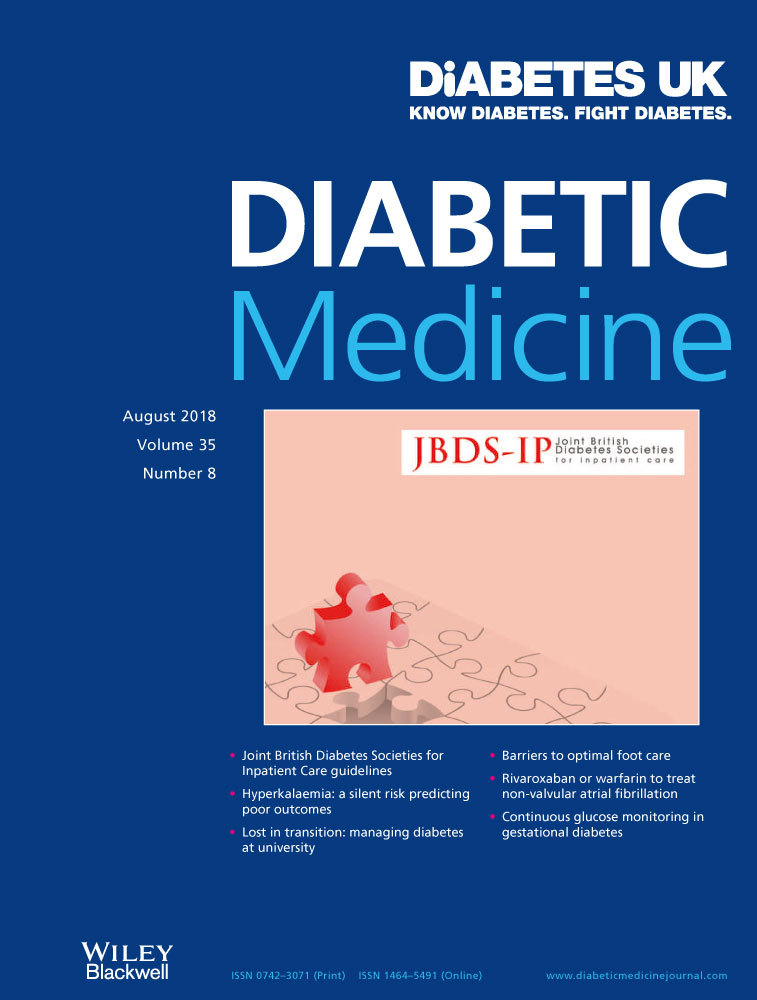Managing hyperglycaemia during antenatal steroid administration, labour and birth in pregnant women with diabetes
Abstract
Optimal glycaemic control before and during pregnancy improves both maternal and fetal outcomes. This article summarizes the recently published guidelines on the management of glycaemic control in pregnant women with diabetes on obstetric wards and delivery units produced by the Joint British Diabetes Societies for Inpatient Care and available in full at www.diabetes.org.uk/joint-british-diabetes-society and https://abcd.care/joint-british-diabetes-societies-jbds-inpatient-care-group. Hyperglycaemia following steroid administration can be managed by variable rate intravenous insulin infusion (VRIII) or continuous subcutaneous insulin infusion (CSII) in women who are willing and able to safely self-manage insulin dose adjustment. All women with diabetes should have capillary blood glucose (CBG) measured hourly once they are in established labour. Those who are found to be higher than 7 mmol/l on two consecutive occasions should be started on VRIII. If general anaesthesia is used, CBG should be monitored every 30 min in the theatre. Both the VRIII and CSII rate should be reduced by at least 50% once the placenta is delivered. The insulin dose needed after delivery in insulin-treated Type 2 and Type 1 diabetes is usually 25% less than the doses needed at the end of first trimester. Additional snacks may be needed after delivery especially if breastfeeding. Stop all anti-diabetes medications after delivery in gestational diabetes. Continue to monitor CBG before and 1 h after meals for up to 24 h after delivery to pick up any pre-existing diabetes or new-onset diabetes in pregnancy. Women with Type 2 diabetes on oral treatment can continue to take metformin after birth.




